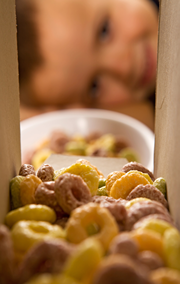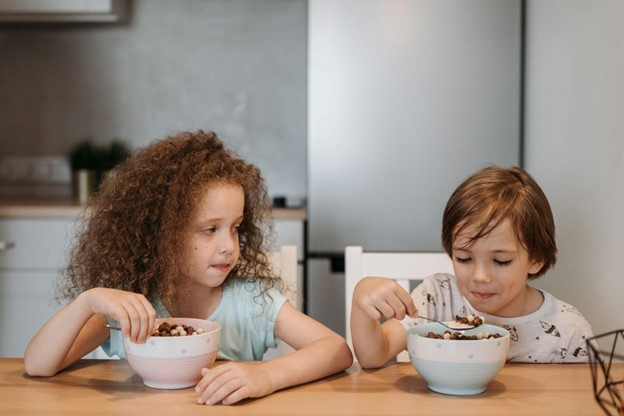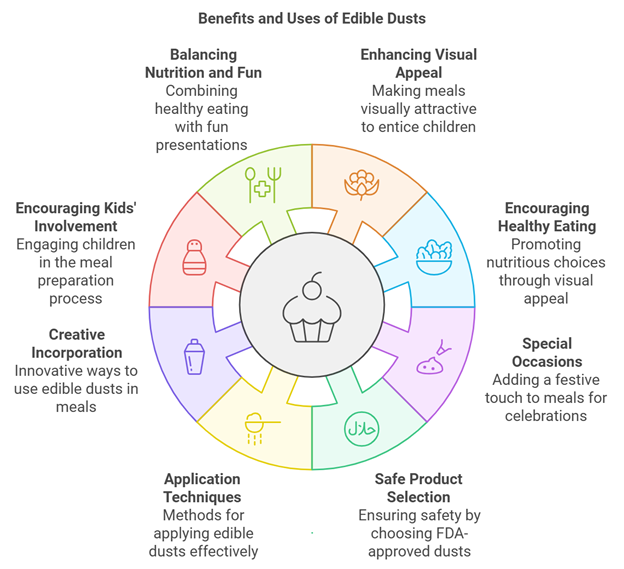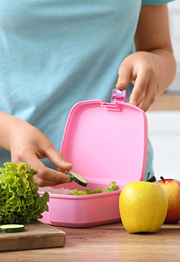Understanding the Need for Alternative Financing
Solving the financial requirements of education can be quite challenging, especially with the increasing education inflation. Traditional student loans have been a common choice, but they come with a host of difficulties: high interest rates, growing debt, and worries about repayment.
While these issues can feel daunting, there are other financing options out there that are not based on lending. This means you can pursue your education without the heavy burden that often comes with standard loans.
Alternative financing offers flexibility and can ease your financial burden. Options such as scholarships, work-study programs, and creative financial models like Income Share Agreements (ISAs) can be valuable in alleviating your financial worries.
8 Popular Alternative Financing Options for Education
Let’s see some of the most popular alternative options for financing your education:
1. Scholarships
Scholarships are financial gifts that you don’t have to pay back. They can take many forms, such as merit-based, need-based, and specific awards aimed at minority groups or certain fields of study.
Here’s a brief overview of the different types of scholarships you can find:
| Type of Scholarship | Description | Eligibility |
| Merit-Based | Awarded based on academic, artistic, or athletic talent | Varies by scholarship |
| Need-Based | Awarded based on financial need | Requires proof of income |
| Field-Specific | For students pursuing certain areas of study | Must be enrolled in specific programs |
| Minority Scholarships | For underrepresented groups | Based on ethnicity, gender, or disability |
2. Grants
Grants can help ease financial pressures. Unlike loans, grants aren’t required to be paid back. They are typically offered based on financial need or certain criteria related to your chosen field. Look for research grants through government programs or nonprofit organizations that focus on your area of study.
3. Work-Study Programs
Work-study programs allow students to work part-time while they study, which can help reduce tuition expenses. These programs are a great opportunity to gain valuable work experience and earn money for your education.
Reach out to your school’s financial aid office to explore work-study programs. Numerous universities collaborate with local businesses to offer job opportunities specifically designed for students.
4. Income Share Agreements (ISAs)
ISAs represent an innovative approach to funding education. Under an ISA, students commit to paying a portion of their future earnings for a specified duration after they graduate, in return for financial support for their education. This arrangement creates a shared financial interest between students and investors.
Here’s a brief overview of the Pros and Cons of ISAs:
| Pros | Cons |
| The payment amount is based on income | This can lead to high total repayments if income is high |
| No fixed monthly payments | Terms can be complex and vary by provider |
| Aligns interests of students and investors | Limited availability compared to traditional loans |
5. Crowdfunding for Education
Crowdfunding allows individuals to gather small contributions from a wide audience, usually via online platforms. A lot of students have started using crowdfunding to help pay for tuition or other educational costs.
Here are some popular crowdfunding platforms:
| Platform | Description | Fees |
| GoFundMe | General crowdfunding platform for personal causes | 0% platform fee |
| Kickstarter | Project-based funding, ideal for specific initiatives | 5% fee + payment processing fees |
| Indiegogo | Flexible funding options for creative projects | 5% fee + payment processing fees |
6. Employer Tuition Assistance
Many employers provide tuition assistance as a part of their benefits package. This option can help you further your education without accumulating substantial debt. Some companies will pay for part of your tuition if you enroll in courses that relate to your job.
If you believe your employer provides tuition assistance, consider having a candid discussion with your HR department. Explain how advancing your education can be advantageous for both you and the organization.
7. Peer-to-Peer Lending
Peer-to-peer lending platforms connect borrowers directly with individual lenders. This option may provide lower interest rates compared to traditional loans, but it also carries certain risks.
While peer-to-peer lending offers a more flexible option, it’s important to be aware of the possibility of high interest rates and the necessity for a strong repayment strategy. Take the time to research various peer-to-peer lending platforms to familiarize yourself with their terms.
8. Education Investment Plans
Look out for savings and investment plans well in time that provide a source of investment and tax benefits to help families save for future education expenses. These plans allow for tax-free growth and tax-free withdrawals when the funds are used for eligible education costs. They are a great source of saving and growing your investments to match the education inflation.
Looking into different ways to finance your education can result in improved financial results and reduced stress. Options like scholarships, work-study programs, income share agreements (ISAs), and crowdfunding can offer the funding you need without the burden of conventional loans. It’s important to evaluate each choice, consider the advantages and disadvantages, and select the one that best fits your educational and financial objectives.
However, education loans can also be a good alternative if they are easy and hassle-free. Some banks give education loans without collateral. They can also offer digital processes that help streamline the process.
FAQs
What are the best alternatives to traditional student loans?
Scholarships, grants, work-study programs, income share agreements, and employer tuition assistance are all excellent alternatives.
How do Income Share Agreements work?
ISAs allow students to pay a percentage of their future income for a set period in exchange for funding their education, aligning financial interests between students and investors.
Can I use crowdfunding to pay for my education?
Yes! Crowdfunding platforms like GoFundMe allow students to raise money for tuition and educational expenses by sharing their stories.
What should I consider before pursuing peer-to-peer lending?
Consider the interest rates, repayment terms, and risks involved. Ensure you have a solid repayment plan in place before committing.
Are 529 plans a good investment for education?
Yes, 529 plans offer tax advantages and can help you save for education costs effectively, making them a solid choice for educational financing.








 Author bio: Cora Gold is the Editor-in-Chief of women’s lifestyle magazine,
Author bio: Cora Gold is the Editor-in-Chief of women’s lifestyle magazine, 

